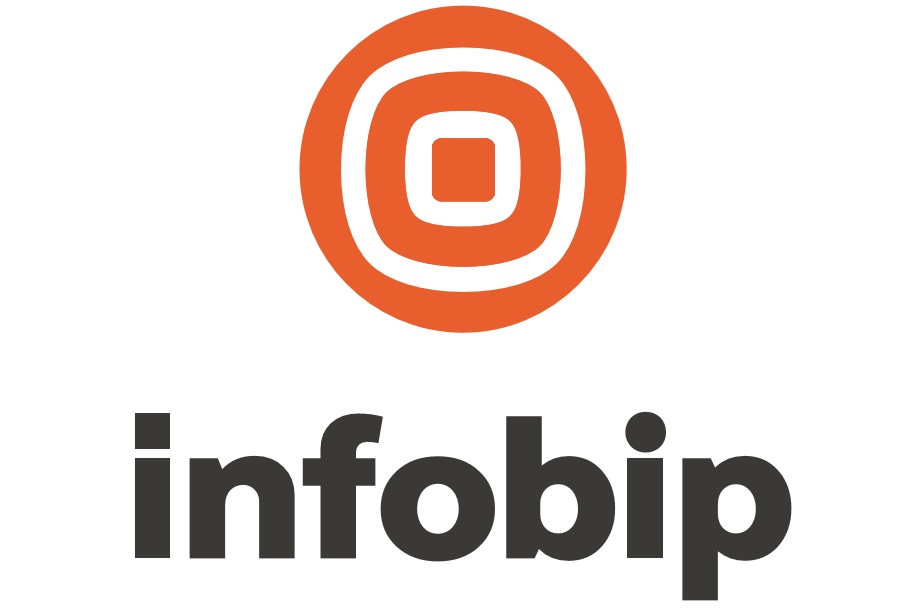The digital transition is underway, with telecom providers working together to cease the Public Switch Telephone Network (PSTN) and switch over to voice over internet protocol (VoIP). This is already having a transformative impact on health, housing and social care service provision.
Gavin Bashar, UK Managing Director at Tunstall Healthcare, shares insight into Software as a Service (SaaS) and a real world example of how service providers are already preparing for the transition…
Why SaaS?
SaaS models and cloud-based solutions enable social care providers and other operators to harness the power of digital telecare and more effectively monitor vulnerable people in both group and independent living settings. This in turn can support greater health and wellbeing of citizens, and prevent emergency events from occurring.
These services are becoming increasingly popular. More organisations are seeing the advantages of being able to access platforms from any location with internet access. SaaS harnesses the benefits of being able to add greater flexibility to our work environments, whilst freeing up time and investment resources that are typically required to deploy hardware or manage the technology.
This is especially the case for telecare monitoring centres, which use highly specialist software solutions and offer vital support that can be life-saving. New and innovative products, such as Tunstall Healthcare’s PNC IP, are being developed to be deployed as a robust and highly reliable SaaS offering, which means providers can focus on delivering their service, rather than solving technology challenges.
Specific benefits
SaaS has a range of real world benefits that can make significant differences to how services are delivered. It is cost effective, requiring no substantial upfront capital expenditure to upgrade or install the infrastructure.
SaaS is scalable to changing needs, with flexible operator deployment supported by multi-location and home working facilities. These new solutions are also simpler and safer to onboard and offboard, with a smooth transition and protection against data loss.
The technology is also continuously improving and evolving, therefore being able to deliver enhancements over time, with new features and software upgrades automatically implemented as soon as they become available.
What does this look like in reality?
As the UK moves to a digital communications network, Lincolnshire Housing Partnership (LHP) has been working to understand the impact on its equipment, services and customers, and evaluate available options.
LHP’s focus for Technology Enabled Care Services (TECS) is on using it effectively to help people to live independently for longer, giving them a better quality of life, and maximising the length of their tenancies to enable continued investment into achieving the organisation’s goals.
LHP has a longstanding relationship with Tunstall, and in recent years they have not only worked closely on a day-today basis, but have also collaborated to prepare a strategy for the UK’s transition to a digital communications network and adapting its services to become more resilient and agile during and post pandemic. LHP and Tunstall have worked closely together to audit existing schemes and equipment and scope a potential footprint for new technology and service delivery models.
The culture change programme and SaaS solutions have restructured the service and created one LHP team. Remote working has made the service more agile and in turn has increased morale as work/life balance is improved. The service is also more robust as a result. Unexpected absence can be covered more easily, reducing the impact on both staff and customers, and staffing levels can be flexed according to demand.
The new approach has seen Average Handle Time decrease by around 10% and Average Wait Times reduce by approximately 30% (comparing the last quarter of 2021 to 2020).






